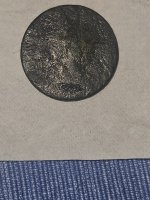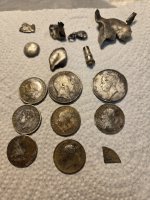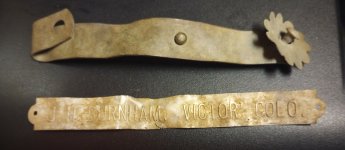Gypsy Heart
Gold Member
When oyster schooners came to pick up their cargo of bivalves, the oyster owners were paid in gold coin. Since a bank was the one business that was never established in this boomtown metropolis, gold receipts were stashed under mattresses or buried in old tin cans for safe keeping. It is said that there was often more gold here than in any other town on the West Coast except San Francisco.
http://www.funbeach.com/attractions/walk_oysterville.html
http://www.funbeach.com/attractions/walk_oysterville.html





